Content
- EdTech market rise – the importance of online education
- Types of educational software
- Main features of the app and hints of development
- How long does the educational app development take?
- How much does it cost?
- How to monetize it?
Demand for educational apps exceeds supply now, so it is a perfect time to start the development.
In 2020-2023 world EdTech will grow more than 5 % per year.
As for Eastern Europe, it is the quickest among growing markets – with more than 20 % growth every year.
In total, we have 652 K of e-learning mobile apps now: 379 575 on the App Store and 273 246 on Google Play.
The best variant is a free app with limited functionality now, but with a possibility to buy a full version later, when crisis time will be passed.
What types of educational software do exist?
We can divide educational software into types by content and by target audience.
By target audience educational products split into 5 categories:
- Curriculum: transfer of teaching plans into digital by the implementation of new features.
- Teacher-aimed products: do a service for teachers by managing a digital classroom with full functionality of lessons, homework, grading of pupils, etc.
- School management: aimed for directors and school administration to supervise schools and control all its operations including finances, supply, children’s safety, etc.
- Post-secondary education: target is students, professors, administration of college/university, and everyone related to them.
- Other educational products: digital textbooks, games, tutoring, apps for parents, children, etc.
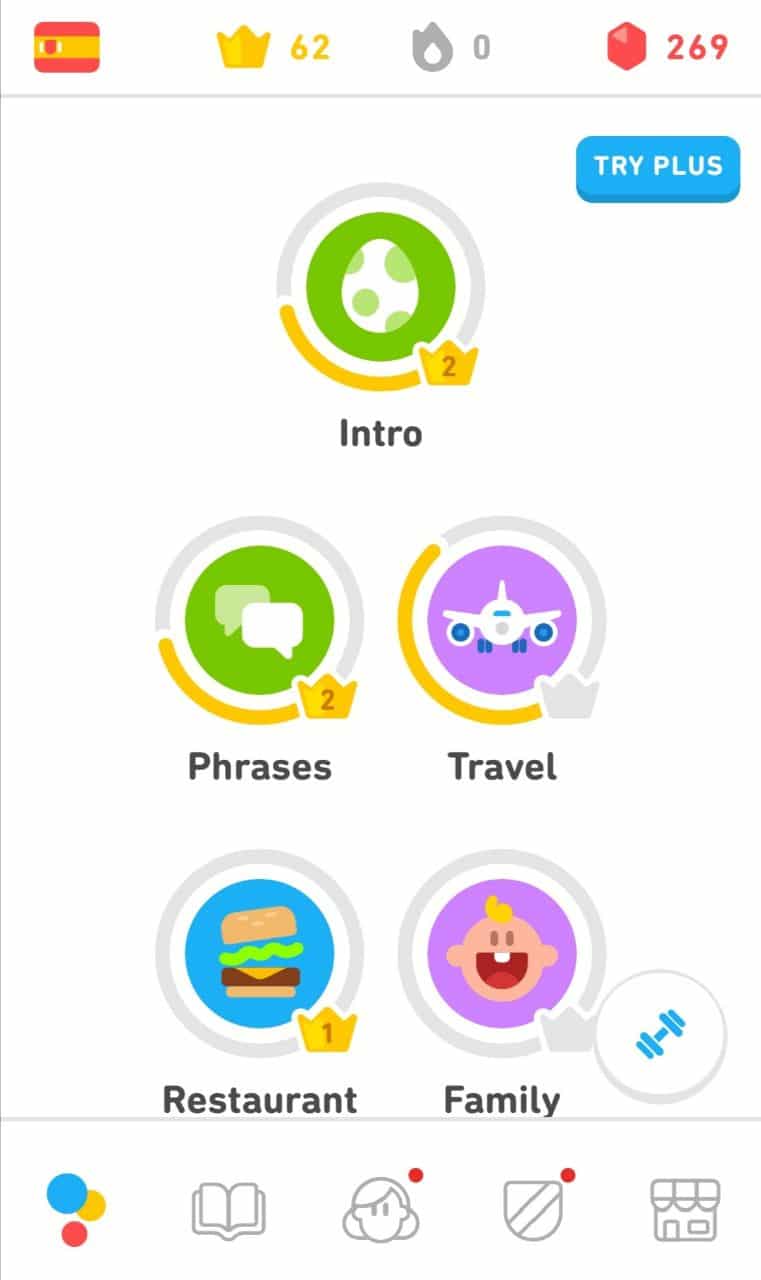
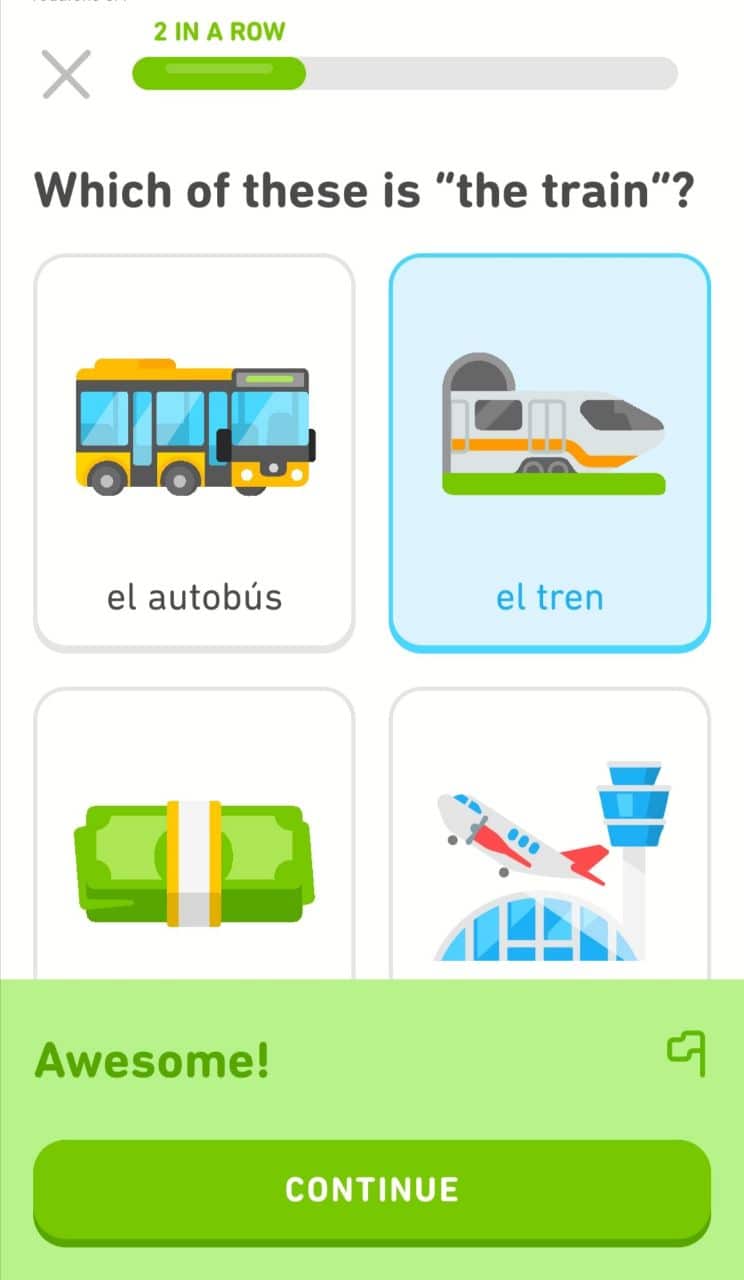
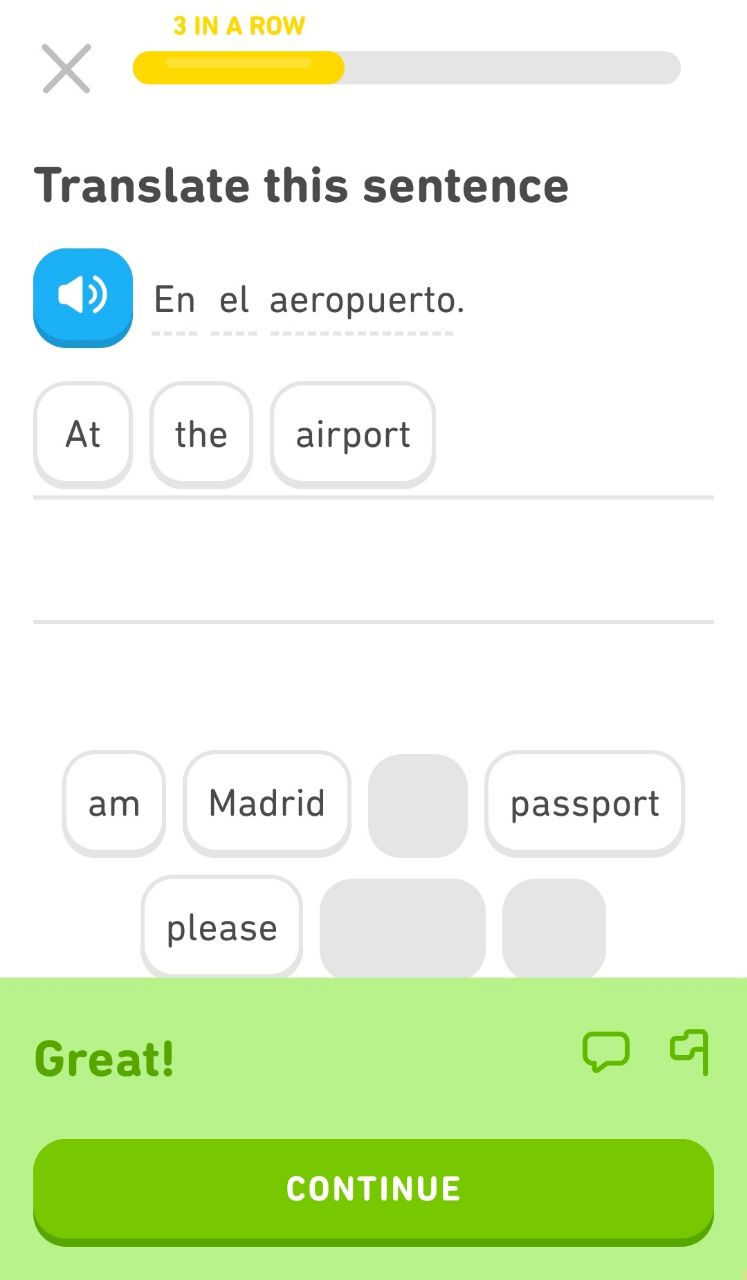
Types of educational products per content:
– Multipurpose learning platforms/online courses (example: Coursera)
– Specific subject learning apps (language learning apps like Duolingo)
– Test preparation apps ( Gradeup )
– Educational games and brain training apps ( Elevate, Kahoot)
– Learning management apps (example: Classroom apps , e.g. Google Classroom)
– Educational apps for kids: preschoolers and toddlers (Epic!)
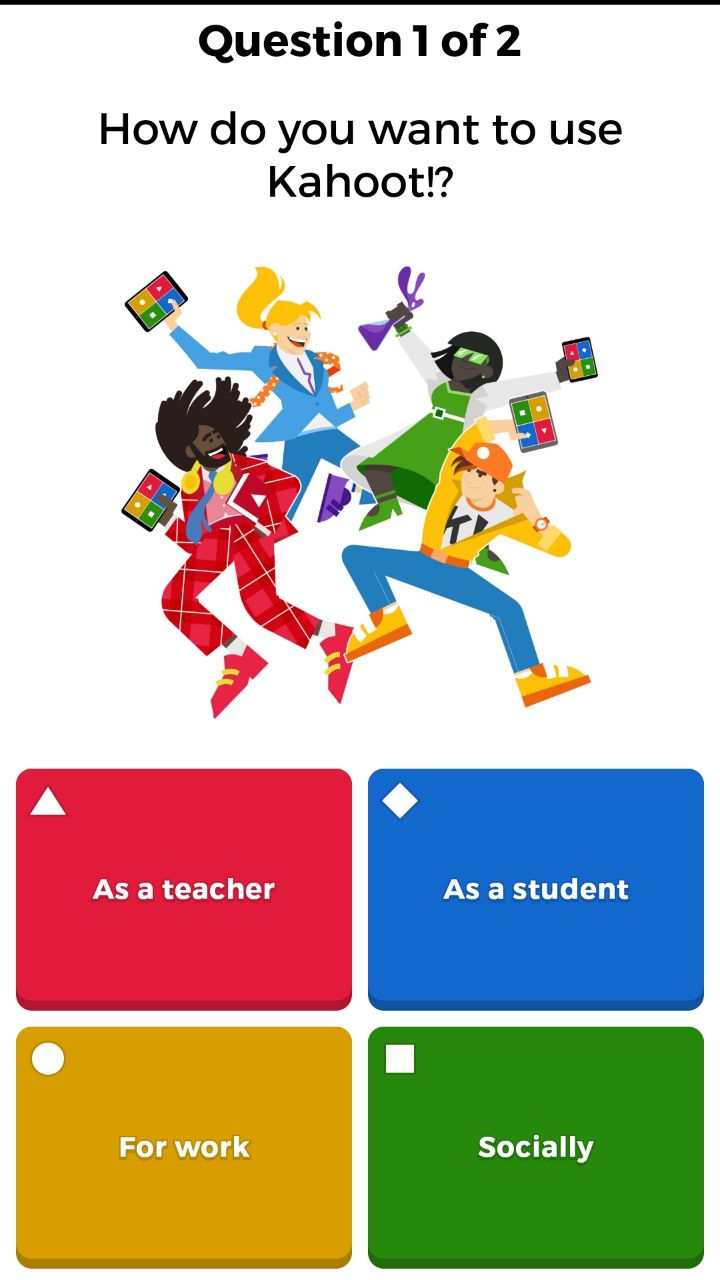
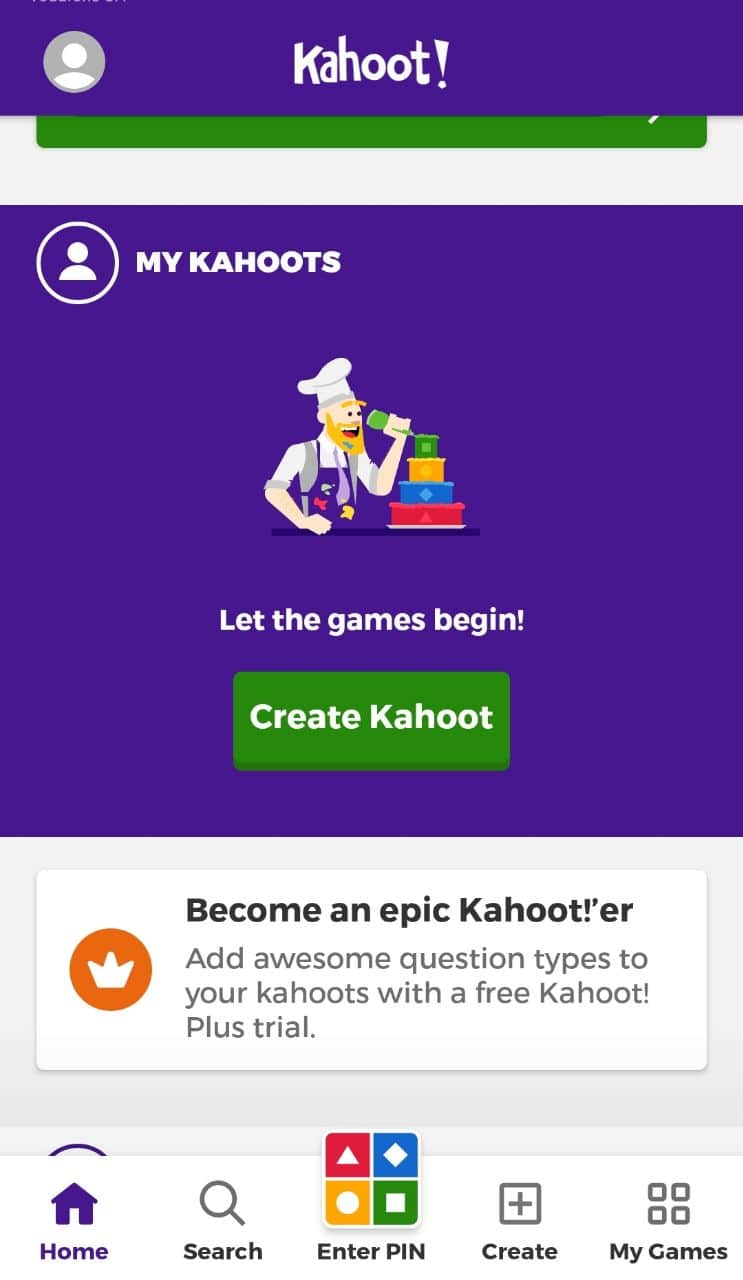
Main features of mobile educational app
- Active learning
1) by touching or swiping;
2) by sound (repeating the speech or singing);
3) mental learning (reading symbols and interpreting them). - High engagement – in the UI design each user’s activity should get feedback.
So a person continues contacting.
Engagement could be extrinsic (messages like “Great job!”, musical effects, extra marks for completing the task), and intrinsic – to explore, construct, fix issues. So developers must build “tips” in a way to discover the app. - Meaningful learning pursues definite rules:
1. build from general features to definite, from elementary to complicated;
2. continuous repetition: revising the materials, the cycle of learning, improving skills;
3. context: installing abstractions into real activity.
For example, to learn math, you should try kids to find a cube somewhere via an AR app. - Social interaction with others
Children like to speak with elder kids and imitate them. They gain new knowledge from collective learning more than from individual practice. Especially when we talk about “critical thinking” – new thoughts after a group brainstorm are more effective and make a better understanding of the subject.
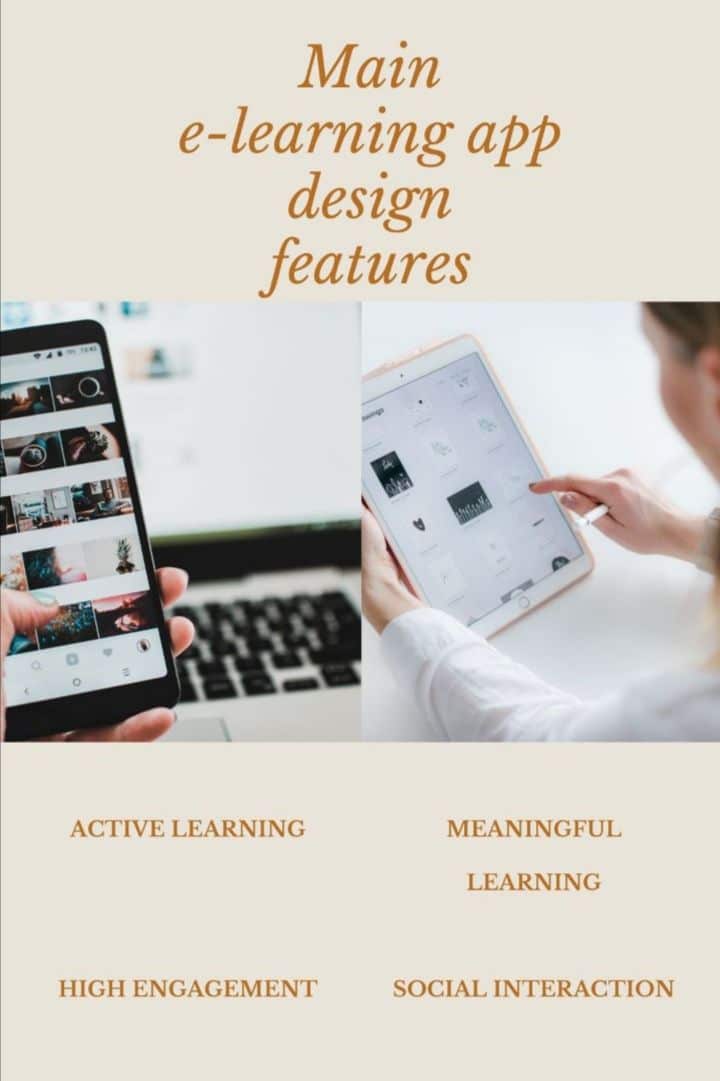
Tips and hints
of the building
1) Mini-games in educational apps should be easy as pie, more than good-looking.
So, your target is the quality of UX, not the user interface.
2) In spite of the gamification popularity, do not use too much animation and 3D elements.
3) For back end Java is highly appreciated;
4) For front end use any JS framework;
5) The video should be stored in the cloud to free the inner memory.
How long does the educational app development take?
The possible costing of the app includes: outlining the key features for development plus the number of employees needed to apply them, and, in sum, we receive the working hours.
The key features for the MVP of the educational app are:
– user profile;
– push notifications;
– payment system;
– search system;
– lesson sections;
– add content;
– progress of learning;
– track of success;
– paid purchases/subscription.
And do not forget about the admin panel to add the new content.
How many people do we need for MVP development?
- Project Manager -1
- iOS developers – 1-2
- Android developers – 1-2
- Back-end developer – 1
- UI/UX designer – 1
- QA engineer -1
Keep in mind that for a full-feature app, the number of developers will double and you will need to add functionality:
- integration with social media;
- schedule system;
- progress of studying;
- track of progress;
- video;
- chats
and others.
Full mobile learning app feature list
- Instructional overlay
- Registration/log in
- User profile/ dashboard
- Search/Filters
- Database
- Push notifications
- Offline mode
- Social media tools
- Core content functionality– courses page – audio/video streaming
- Motivational feature set
– badges
– sound effects
– animation - Communication and interaction module
– newsfeed
– in-app chat
– chatbot
– audio/video conferencing - Additional features
– doc
– image
– video download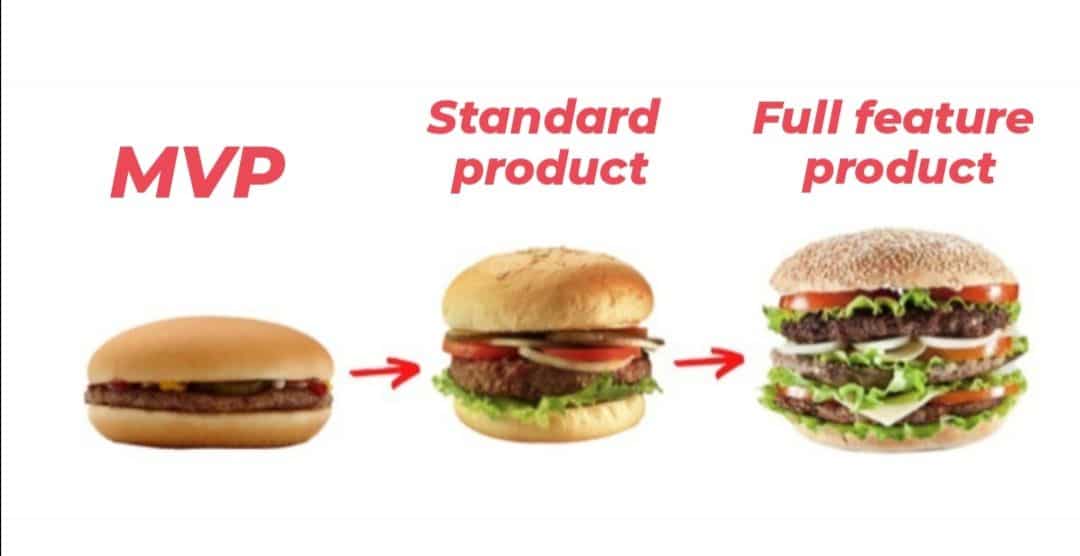
Average hours for MVP educational app
The first stage is to develop and document the requirements, write down the Statement of Work (SoW), which includes a technical specification with all features, and a legal document with rights and obligations of each party. It is called the Business Analysis stage and takes 60-70 hours depending on the concrete quote.
Secondly, you provide mockups with your vision of the app interface or our designers make it for you. On these stages, the questions from the design and mobile team can arise. And it is important to approve all features step by step from the very beginning.
After BA and wireframing, UI/UX design is being done. It is very important, especially in apps for kids, and takes more time than usual in apps – 55+ hours for MVP version.
Then, the mobile development team receives the design and Statement of Work and gives an estimate for the development for clarifying.
Mobile development is the core of the work. On average, iOS and Android development (front-end) take more than 400 hours for each platform.
Back-end development and other important complex functions (“success rate”, video chat) will take more than 350 hours. But these features can be discussed and excluded if you do not need some of them.
Finally, after the development stage and unit testing, the Quality Assurance stage takes part. Timing for bug fixing is calculated as 20% of the time, spent on development. Then you give the feedback and developers correct the application until it meets all specified in the SoW requirements.
The average cost of the educational app in different countriesCountry Average hourly rate Cost of the MVP app
~700-950 hoursUSA $70-90 56 000 – 76 000 Western Europe € 50-60 42 000 – 57 000 Eastern Europe (Ukraine) $ 25-35 $24 500—33 250
It is proved by our experience that the development of only 1 app’s screen takes nearly 1 week of full-time work. It includes the BA stage, programming, QA, and final analytics.
In general, 10 pages of the mobile application will take 2,5 months.
To make a vision of the full cost of the app:
– add the hourly rate of the employee
– multiply it by your worker salary
And so you get an individual app costing for your needs.
On average, the full feature educational app will take 1500—2200 hours, including analytics.How to monetize?
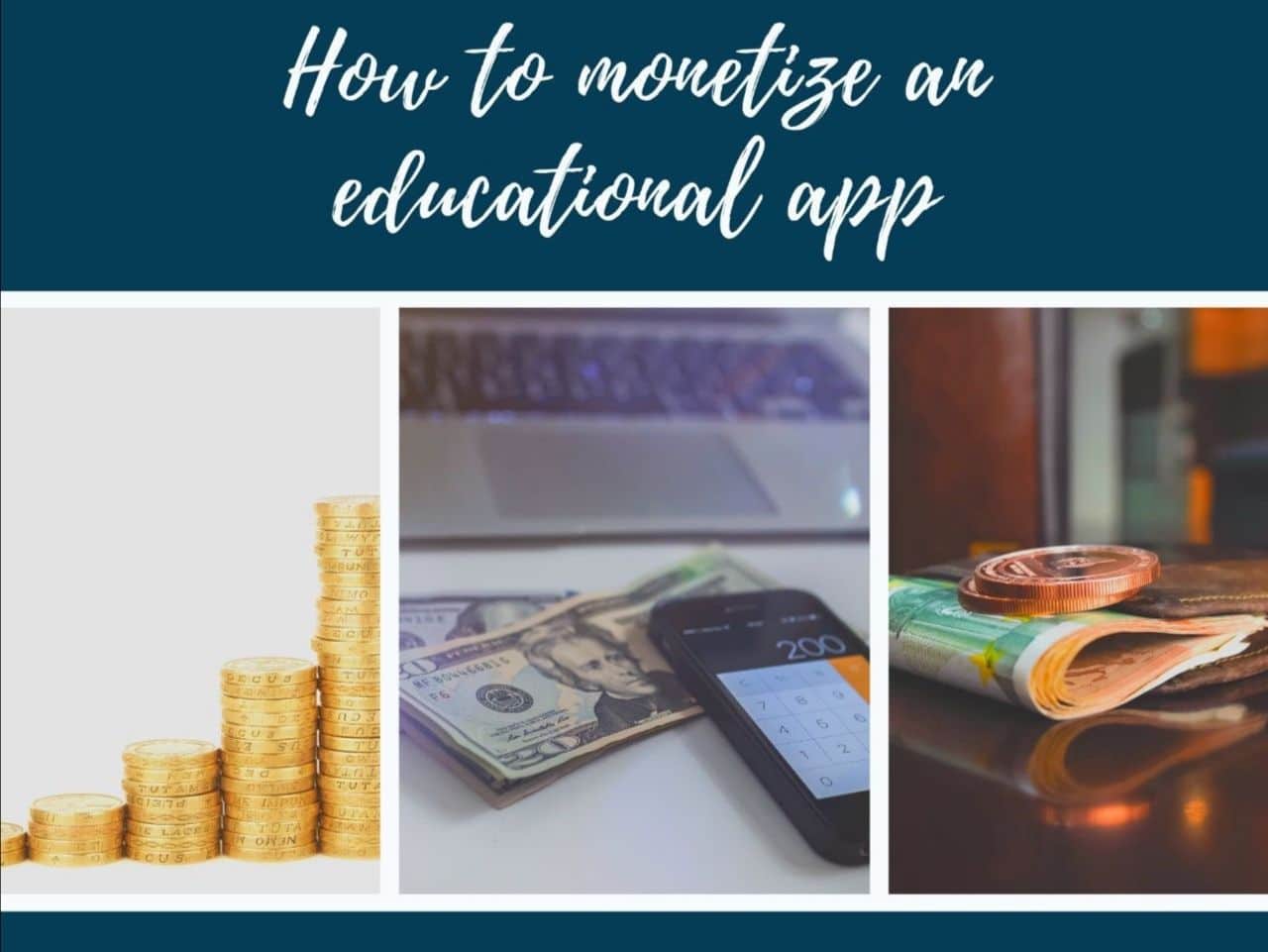
The free app version is a great start in order to grow.
You should give a choice to new customers to try your app for free, at least for a limited time.
Nevertheless, consistent revenue is a key element of a successful app.
Several options for the app monetization were proved by years:
- Subscription.First variant: an annual or monthly subscription, very popular among users.Second variant: plans for a different level of access to features (free plan – standard paid plan – VIP/pro plan).
- In-app purchases (IAP) Paid features in the educational app for kids must be used very accurately as parents attempt to save their money. And the App Store supports parents contrary to this approach. So the main thing to remember is to give a choice to the clients rather than propose restrictive in-app purchases.
- Commissions. Having developed a big learning platform, you may ask for an interest/commission for posting courses there, for example.
- Pay for download. Payment is made once for the download of the app. Keep in mind, that it is profitable only if your target audience is very wide (a lot of potential users). Traditionally, a free trial is given to users in this model.
- In-app advertisements. Keep in mind, that they could be irritating. Check the app for the ad policy before launching, especially for the apps aimed for children.